1600km
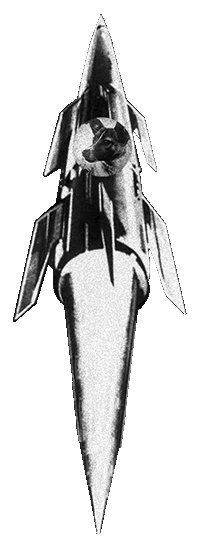

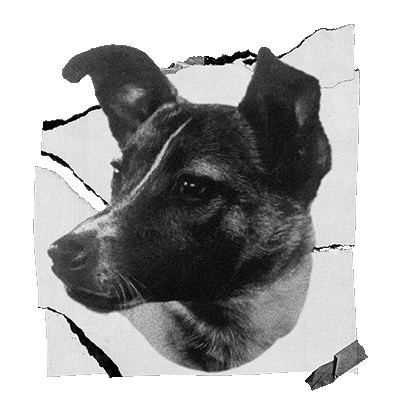
"LAIKA Space Dog" is an emerging cryptocurrency based on the Solana
blockchain, aiming to commemorate the first pet dog to reach space
in human history.
Albert Schweitzer, Nobel Peace Prize
laureate, once said, "It's inevitable for humans to sacrifice lives
for survival, but there must be a sense of responsibility. If humans
believe they have the right to destroy other lives, they will
ultimately destroy themselves."
Animals sent into space or used
in experiments, whether dogs or lab mice, deserve our respect and
remembrance. And the animals around us deserve to be treated with
kindness.

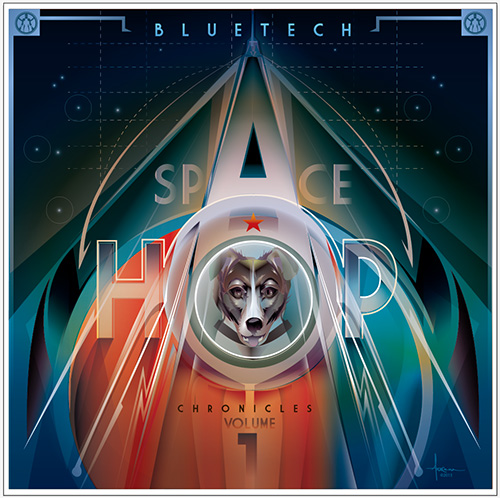
On November 3, 1957, a Moscow street dog named Laika was launched
into outer space and became the first living creature to orbit the
Earth. She was never expected to survive the trip, and history tells
us that she died within hours of take-off.
Laika has a
different story to tell...
someday you will
remember.
someday my name will catch in your throat and you
will begin to miss what you never really had.
you never
knew what you let go so easily. you never do.
i see the way
your eyes look past me into the hugeness that awaits. i know it
matters most of all.
this street bound life of mine you took
you think it's an even exchange for a legendary death in service to
the great expansion.
but you don't really know anything about
it. you have no idea.
those streets follow me where ever i go
they are here in the vastness because my feet keep walking, even
weightless.
those streets are home to my wildness beyond any
lock and key that you trust for comfort against the cold dark
night.
those streets are where the stars are dancing even
now.
i can see the dogstar thru the window. watching over
me. calling me back beyond a place called home.
i have a place
in the world you long to escape. i never knew lack until you began
to give.
i became sacrifice to your dreams of escape from a
place you never knew how to call home.
and so you have never
been welcomed. never called by name.
of course all you see is
empty streets and how to escape them.
loyalty is born of
necessity. you never earned it, i gave it to you; my generosity that
you see as birthright, as my very nature.
i am the generous
one. and i do not mistake you for a god.
i can see the stars
thru the window like the eyes of my pack. reminding me of those
propaganda streets that knew my name.
don't pity me.
don't make me a symbol for your heartbroken culture. your insane
need.
after death only life remains.
my howl will keep you
awake as your dreams slip from memory.
oh the falling
away, oh the great space that awaits…i am known only by what i can
do for them…for you
my only name is progress, my only name is
onwards into the impossible future.
my name is the death that
calls us all home.
dont pity me.
don't call me sacrifice
upon an altar of titanium and rust.
i live beyond what you know
of me, i eat the world you can't even see and it sustains me all the
way home.
someday you will remember.
someday my name
will catch in your throat and you will begin to give a gift you
never received.
собаке Лайке.Этот памятник чтит Лайку, пионера космической эры человечества.Лайка внесла ценный вклад науки, проложив путь дальнейшим космическим исследованиям.3 ноября 1957 года Лайка отправилась в космос на борту "Спутника-2", став первым живым организмом, вышедшим на орбиту Земли.Хотя её конечная судьба была неизбежной, Лайка навсегда вписала свое имя в историю космонавтики своим мужеством и самопожертвованием.Этот памятник увековечивает память о бесстрашной космической собаке Лайке.
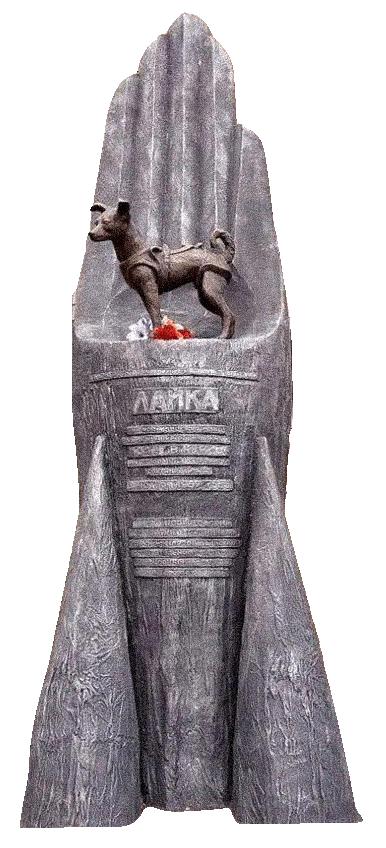
Eternal memory to the first living being to venture into space - the dog Laika.This monument honors Laika, the pioneer of the space age of humanity.Laika made a valuable scientific contribution, paving the way for further space exploration.On November 3, 1957, Laika was launched into space on board "Sputnik-2", becoming the first living organism to orbit the Earth.Although her ultimate fate was inevitable, Laika has forever etched her name in the history of space exploration with her courage and self-sacrifice.This monument immortalizes the memory of the fearless space dog Laika.
Laika successfully entered space, which is of epoch-making significance for human exploration of the universe.
She laid the foundation for human manned spaceflight with her life.
Opening the door to the mysterious universe for mankind.
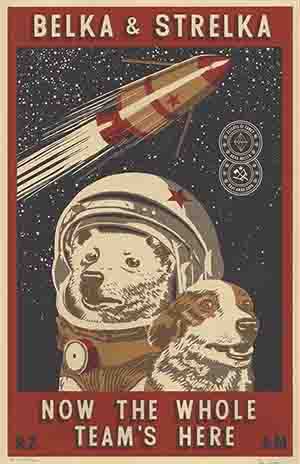

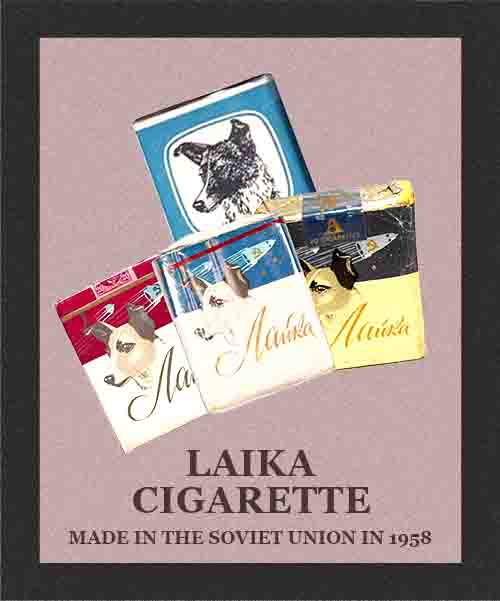
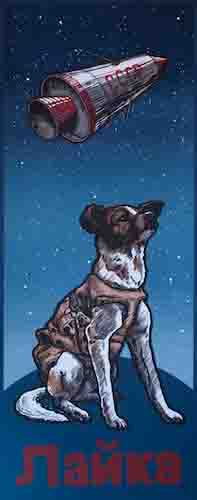
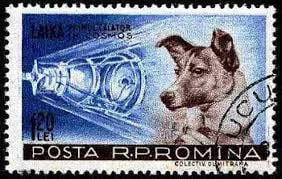
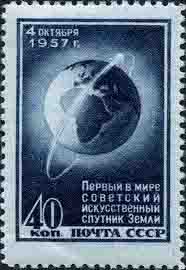
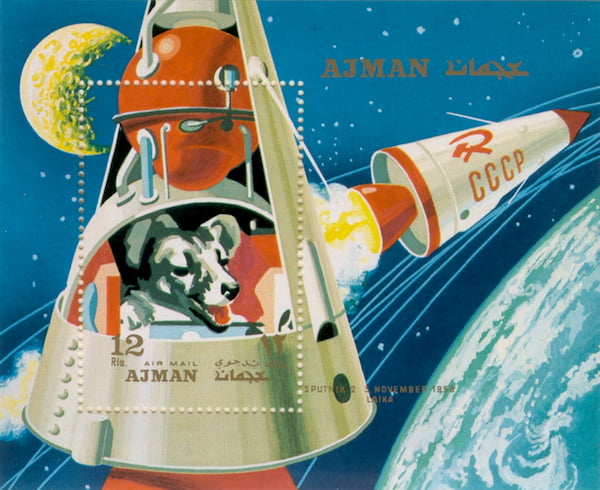
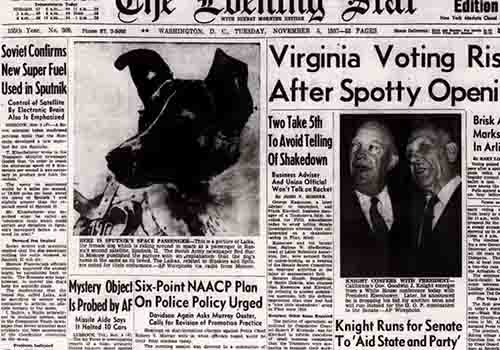
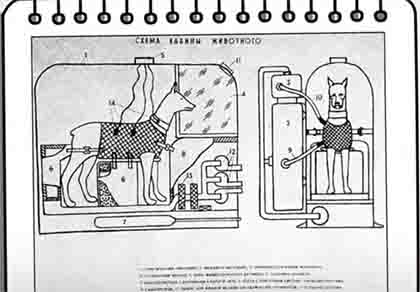

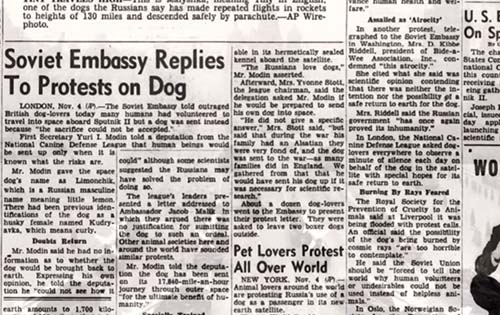
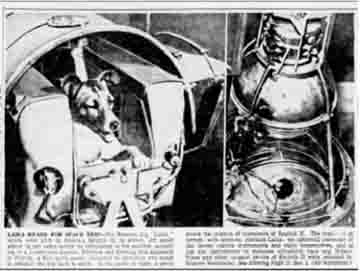
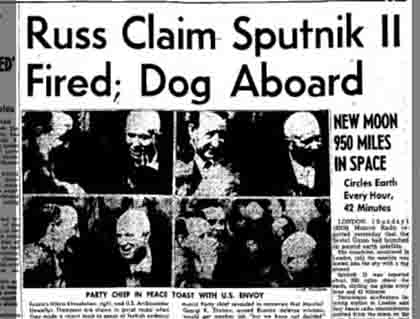
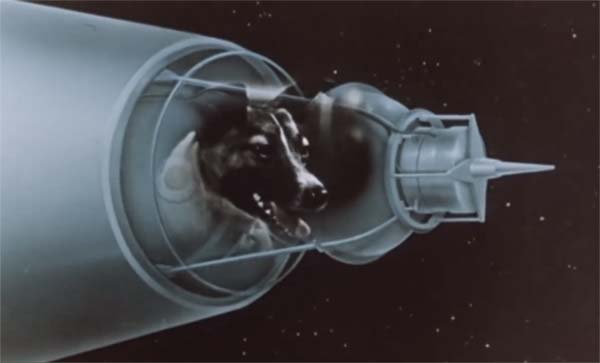
The data returned by the sensor showed that during the lift-off
process, Laika's heart rate increased from 103 beats per minute to a
maximum of 240 beats per minute, and its breathing rate also increased
nearly three times. This shows that it was greatly frightened, but The
strong "Laika" held on.
After entering the weightless state of
space, Laika's heart rate began to drop sharply. However, with the
help of a remote-controlled centrifuge, its vital signs gradually
returned to normal after about three hours.
Children around the world are looking up at the sky, wondering about the small white dot they saw in the sky over Argentina around noon, that small point moving across the vast sky, perhaps not the tears of the sky condensed when Laika got lost, to add another form of animal life for the well-being of humanity, to add another thread of animal life - existence or madness.
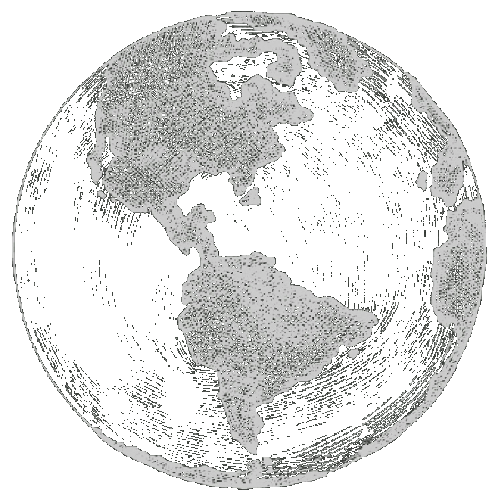

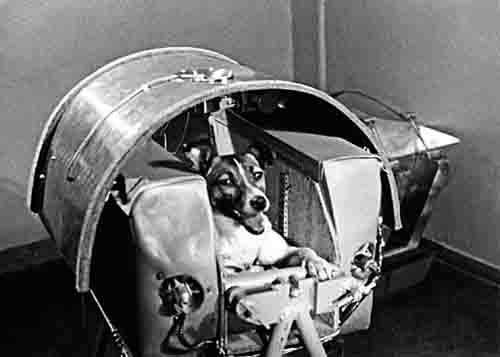
Laika is ready in the cabin
Need to wait three full days until
launch time
At this time, "Laika" did not know that this was a journey into space
with no return, because the Soviet Union did not master the space
capsule recovery technology at the time, which meant that even if it
could withstand the acceleration during rocket launch, and If you can
survive in space, you are destined not to return to Earth alive.
What
"Laika" didn't even know was that its life support system could only
support 20 days at most, and in order for it to leave this world
without pain, people added deadly chemicals to its last food.
"After placing Laika in the container and before closing the hatch, we kissed her nose and wished her bon voyage, knowing that she would not survive the flight."
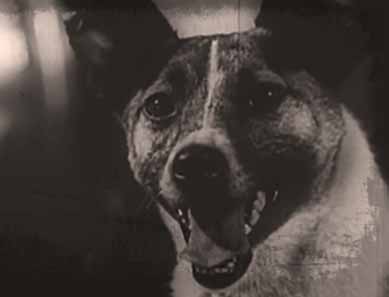
Laika was found as a stray wandering the streets of Moscow.
Soviet
scientists chose to use Moscow strays since they assumed that such
animals had already learned to endure conditions of extreme cold and
hunger.
To get her used to spaceflight, she was kept in smaller and smaller cages. They then put it into a centrifuge that simulated the acceleration of a rocket during takeoff and subjected it to noises that mimicked the interior of a spacecraft
Before the launch, one of the mission scientists took Laika home to play with his children. In a book chronicling the story of Soviet space medicine, Vladimir Yazdovsky wrote, "Laika was quiet and charming ... I wanted to do something nice for her: She had so little time left to live."